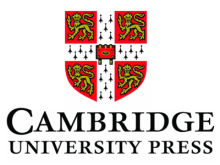Resource information
Protected areas are regarded as the most important tool in the conservation toolbox. They cover >Â 12% of the Earth's terrestrial area, with over half of this designated since 1970, and are thus a unique example of governments and other stakeholders consciously changing management of land and water at a significant scale. The Convention on Biological Diversity (CBD) has a global programme to complete ecologically-representative protected area networks, and this is driving the creation of large numbers of new protected areas. But there is also growing criticism of protected areas because of the social costs of protection and doubts about their effectiveness. We acknowledge this criticism but believe that it is over-stated and applied to a protected area model that has already been replaced by newer thinking. As protected areas are becoming more complex in concept and more complicated in management, we review the six most important changes affecting them over the last 2 decades: (1) a new protected area definition with more emphasis on nature conservation; (2) a plurality of management and governance models; (3) acknowledgement of wider protected area benefits beyond nature conservation; (4) greater social safeguards for protected areas; (5) evidence that protected areas are effective conservation tools; and (6) a new emphasis on larger protected areas, transboundary protected areas, connectivity conservation and landscape approaches. We conclude by considering fresh challenges as a result of policy changes and the global criminal wildlife trade, and consider the potential of the forthcoming 2014 IUCN World Parks Congress.



